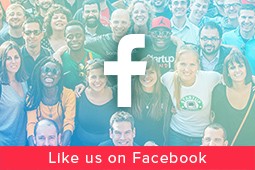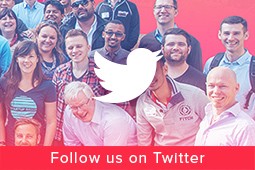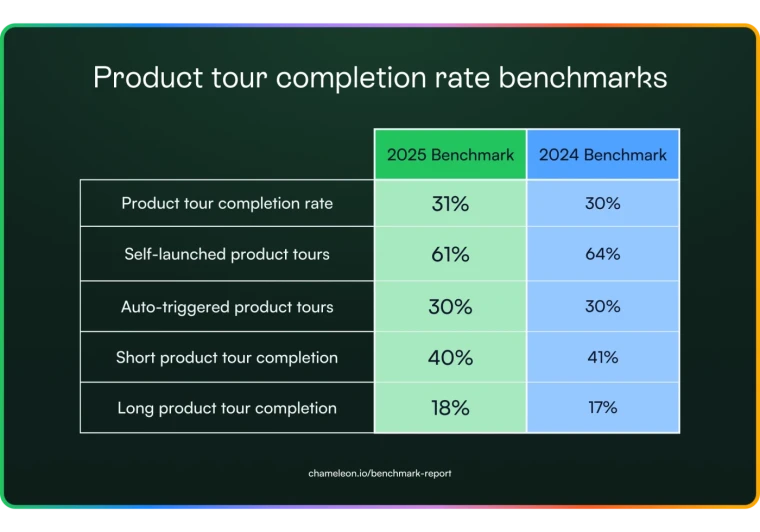
Written to help you design a better UX for your product, thereby improving user engagement and loyalty. Follow-up to:
“Why every product needs sophisticated onboarding”

Progress, as the iconic Eiffel Tower was being constructed in Paris. It took 2 years, 2 months and 5 days to complete.
Why your users should be working hard
There is a lot of conventional wisdom around reducing friction (e.g. number of steps to sign-up) in order to increase conversion across any funnel. [1] So why and when should users be working hard to use your product?
Users are necessary but not sufficient for success
Of course you need to begin with users: you can convert sign-ups by ensuring users find substantial value in their first experience. Onboarding is therefore critical and my previous post discussed designing a flow that increases activation.
Activation should actually be the first metric a startup should nail, followed closely by engagement or retention.
A good way to begin is reducing friction and making the sign-up flow as seamless as possible [2]. At shoto we doubled our sign-up rate just by reducing the number of screens users had to pass through before accessing our app.
Yet this isn’t enough — users are fickle; to succeed, you need fans!
Fans are convinced of the value of your product and are emotionally attached to it. In return, they will provide value (revenue, content / data, connections) on a recurring basis and with have fewer demands.
Becoming a fan involves commitment
So how do you create fans? There’s more to it than activating users, using email automaton, and other marketing tactics. [3]
Loyalty is built around three dimensions: repeating behaviours (habits), rational evaluation and emotional attachment. [4]
All types of loyalty need the first dimension, repeating behaviours. The Hooked Model (Nir Eyal on how to create habit-forming products) contains four components: 1. Trigger 2. Action 3. Reward and 4. Investment, which need to occur multiple times for a habit to form. This is supported by research that consumers place a surprisingly high value on themselves successfully building something (the ‘IKEA Effect’) [5].
So, users need to act and invest (work hard!) to become fans. But they don’t do this for every product; only if and when the reward is obvious and aligned to their motivations. Therefore you need to gradually engage users with the promise of reward (trigger), followed by action, followed by reward. It’s a mix of marketing and onboarding, and requires a fine balance; too much information without action or too many requests for action without information will lead to drop-off. [6]

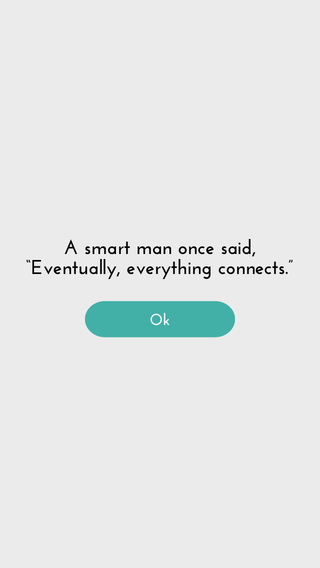

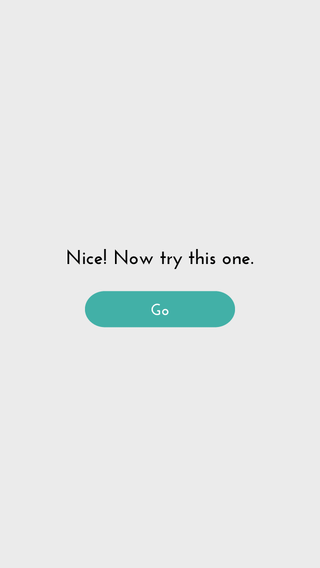


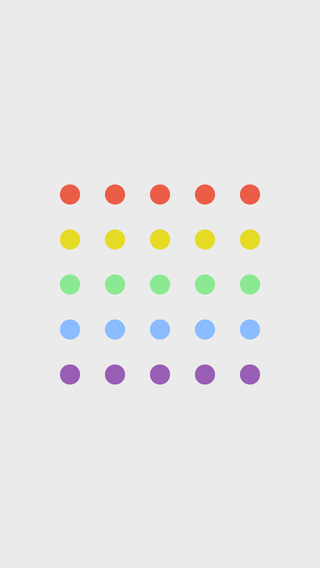
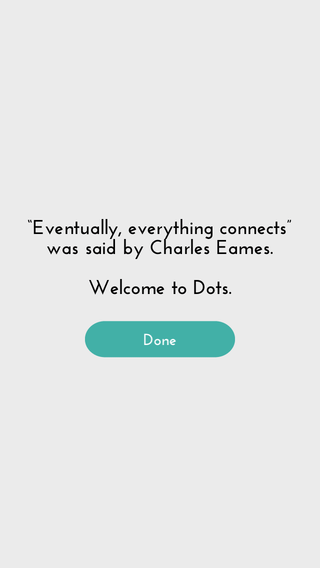
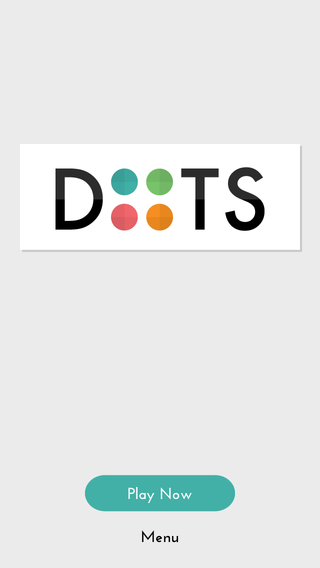
The onboarding flow for mobile app ‘Dots’ does a great job in gradual engagement. [7]
In addition to building habits, products should make their value proposition and values system obvious. Matching users’ needs and their values will drive a sense of identity and loyalty that cannot be attained via marketing. These are manifested in your product’s copy (content + style), animations / UI patterns, images, easter-eggs etc.
Designing to create fans
Trying to implement some of this theory may seem challenging or intimidating but it’s easy to begin. The following short exercises can help:
-
Create a list of the main features of your product and the corresponding benefits to a user’s life; ensure the latter are communicated.
-
For every user flow (begin with onboarding) map out the components of the Hooked Model: what are the triggers, actions, rewards and investments for a user?
-
Brainstorm how the product can improve / develop as a user continues their engagement — how can you encourage investment? You can use online whiteboarding tools to inlcude your whole team in brainstorming ideas.
-
Define the three key values your product or brand stands for and ensure everyone in the team knows these by heart.
-
Define the three key values you do NOT stand for. Identify an “enemy” (can be imaginative) representing the opposite of what you stand for. [8]
-
Consider how both your values and your anti-values might manifest throughout your product and your broader user interaction.
You should begin incorporating tactics to help build fans as soon as possible — it’s a lot harder to steal fans once they already support your competitor.
References
[1] Reduce Friction, Increase Happiness http://techcrunch.com/2011/10/16/reduce-friction-increase-happiness/
[2] Acquire New Users with Better Activation http://www.growhack.com/2013/08/20/the-best-in-user-onboarding/
[3] How to Create Raving Fans https://hbr.org/2012/04/how-to-create-raving-fans/
[4] Multidimensional Brand Loyalty http://www.acrwebsite.org/search/view-conference-proceedings.aspx?Id=5729
[5] The “IKEA Effect”: When Labor Leads to Love http://www.hbs.edu/faculty/Publication%20Files/11-091.pdf
[6] A Lesson in Gradual Engagement http://www.uxbooth.com/articles/a-lesson-in-gradual-engagement/
[7] UX Archive http://uxarchive.com/tasks/onboarding
[8] The Psychology Behind Creating Loyal Customers http://blog.crazyegg.com/2012/10/18/creating-loyal-customers/

